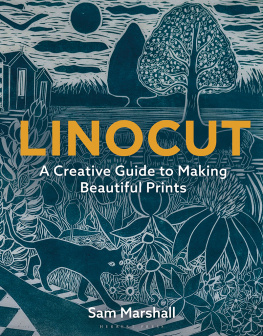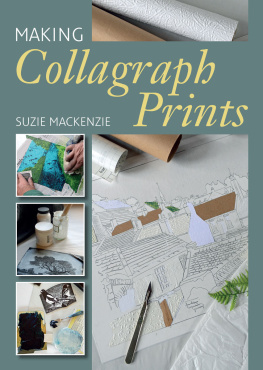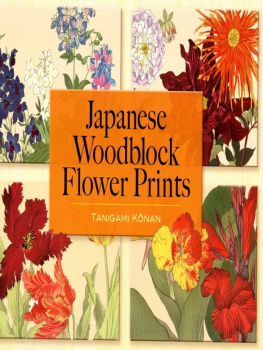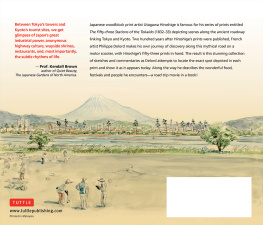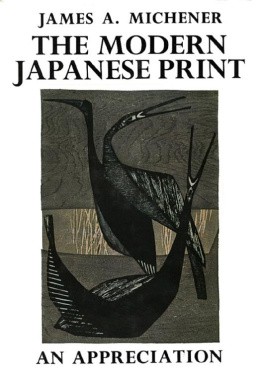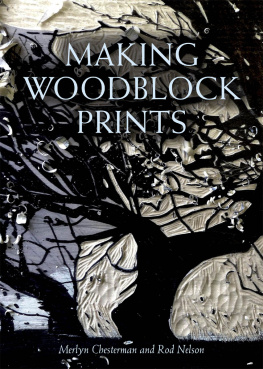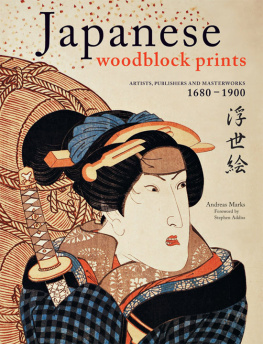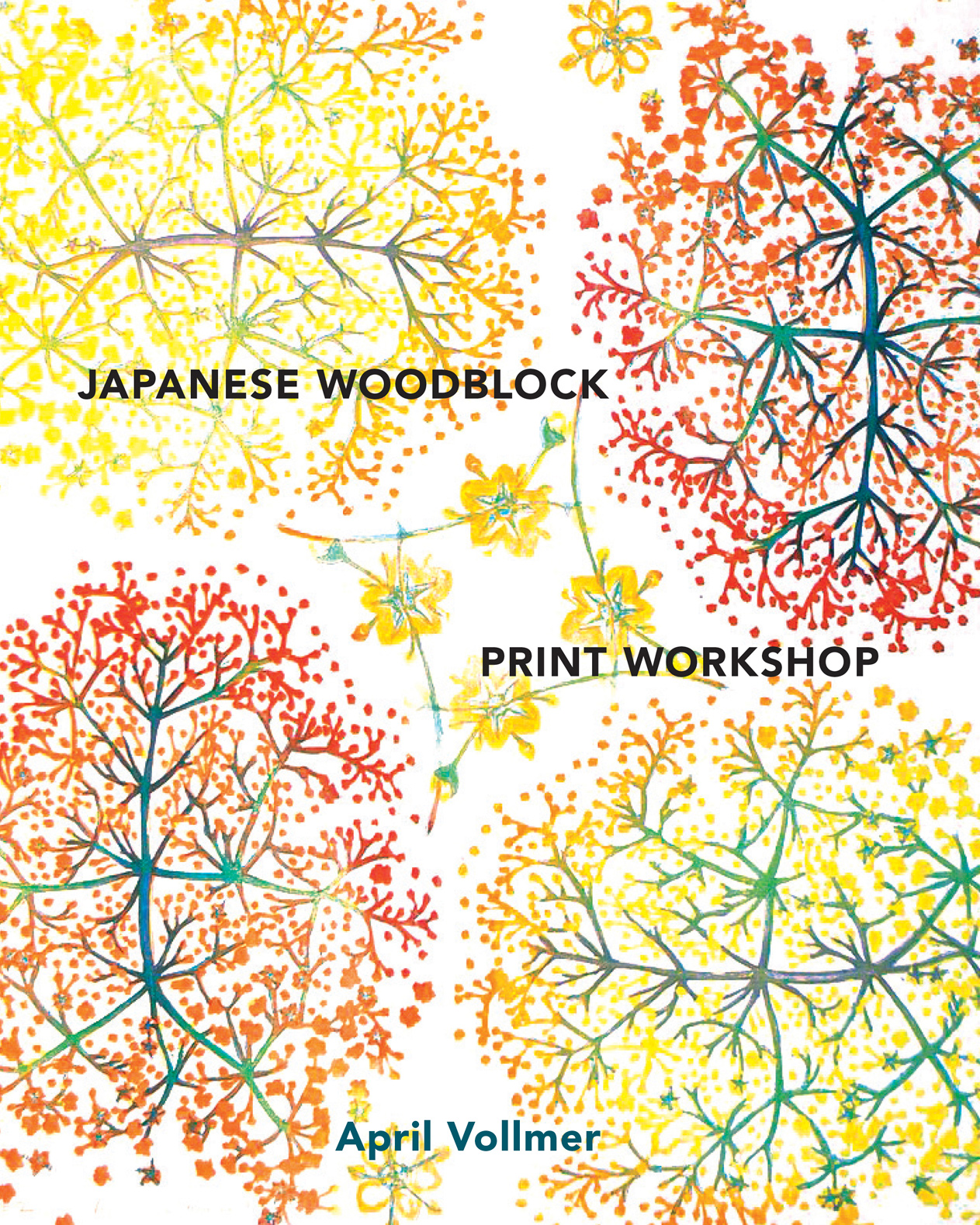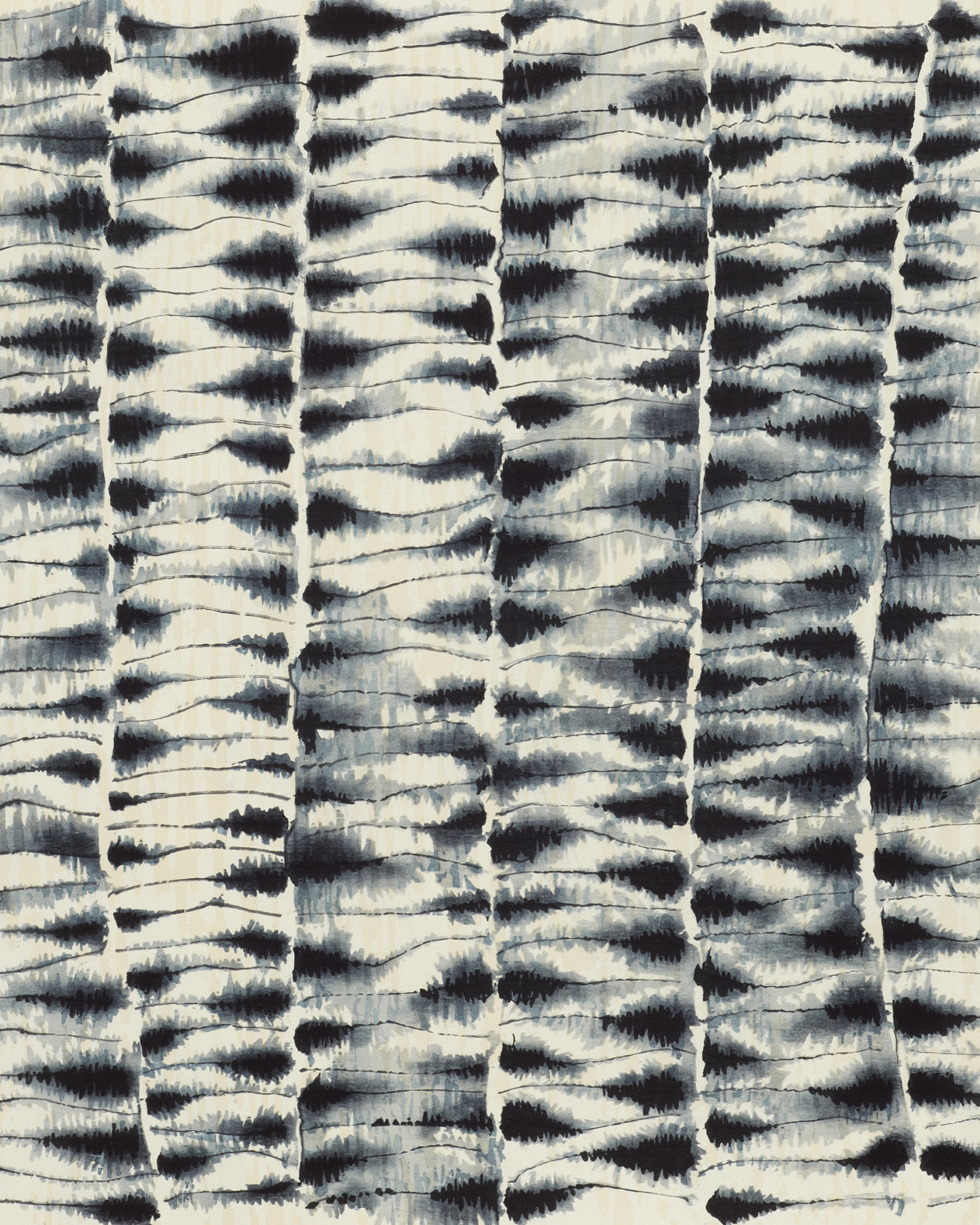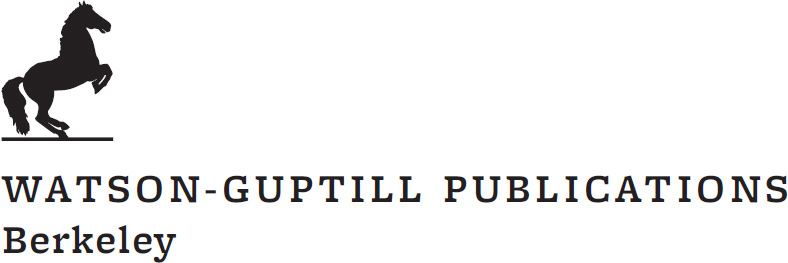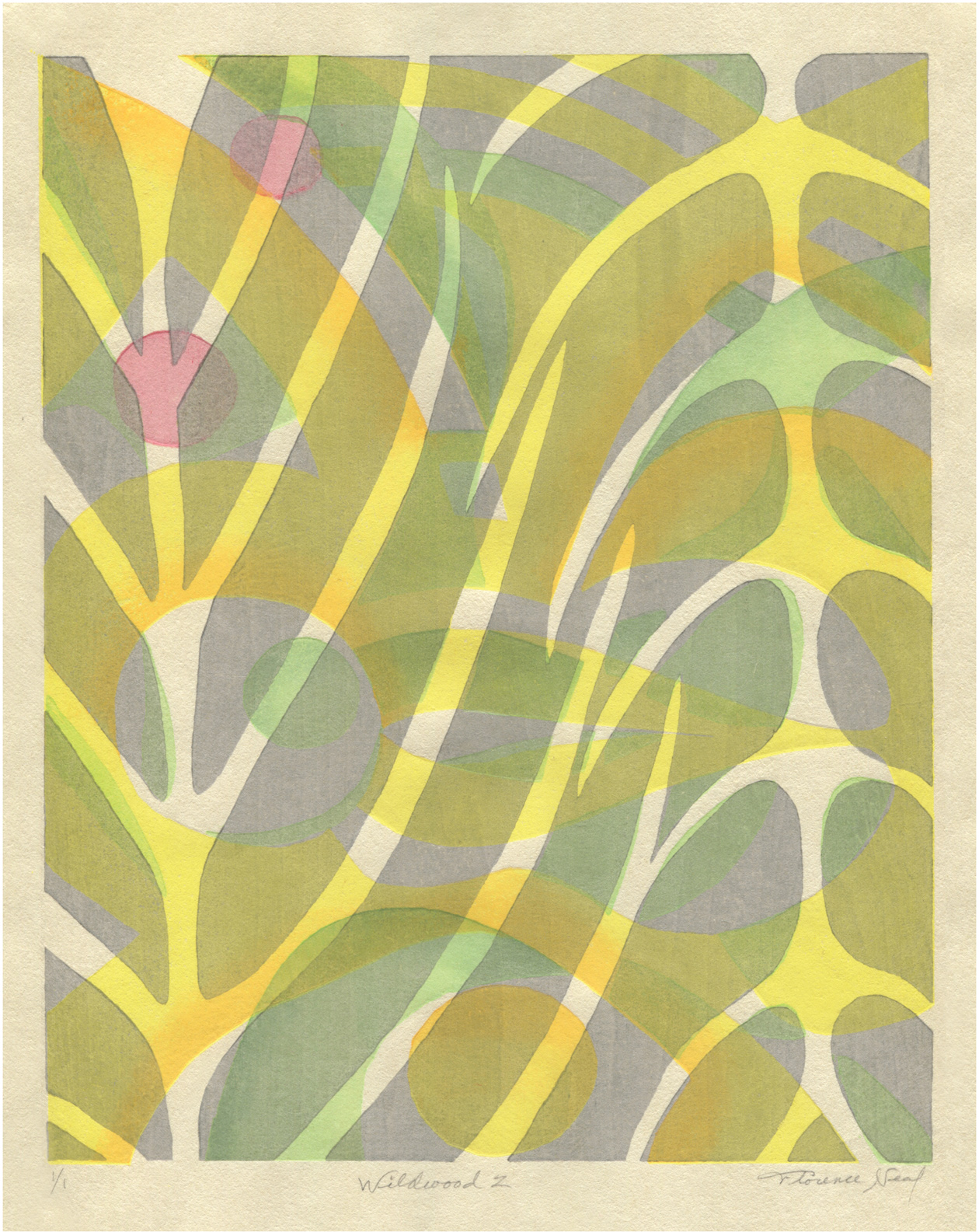April Vollmer - Japanese Woodblock Print Workshop: A Modern Guide to the Ancient Art of Mokuhanga
Here you can read online April Vollmer - Japanese Woodblock Print Workshop: A Modern Guide to the Ancient Art of Mokuhanga full text of the book (entire story) in english for free. Download pdf and epub, get meaning, cover and reviews about this ebook. year: 2015, publisher: Watson-Guptill Publications, genre: Romance novel. Description of the work, (preface) as well as reviews are available. Best literature library LitArk.com created for fans of good reading and offers a wide selection of genres:
Romance novel
Science fiction
Adventure
Detective
Science
History
Home and family
Prose
Art
Politics
Computer
Non-fiction
Religion
Business
Children
Humor
Choose a favorite category and find really read worthwhile books. Enjoy immersion in the world of imagination, feel the emotions of the characters or learn something new for yourself, make an fascinating discovery.

- Book:Japanese Woodblock Print Workshop: A Modern Guide to the Ancient Art of Mokuhanga
- Author:
- Publisher:Watson-Guptill Publications
- Genre:
- Year:2015
- Rating:5 / 5
- Favourites:Add to favourites
- Your mark:
Japanese Woodblock Print Workshop: A Modern Guide to the Ancient Art of Mokuhanga: summary, description and annotation
We offer to read an annotation, description, summary or preface (depends on what the author of the book "Japanese Woodblock Print Workshop: A Modern Guide to the Ancient Art of Mokuhanga" wrote himself). If you haven't found the necessary information about the book — write in the comments, we will try to find it.
An inspirational how-to course on Japanese woodblock printings history and techniques, with guidance on materials and studio practices, step-by-step demonstrations, and examples of finished works by modern masters of the medium as well as historic pieces.
A Modern Guide to the Ancient Art of mokuhanga
An increasingly popular yet age-old art form, Japanese woodblock printing (mokuhanga) is embraced for its non-toxic character, use of handmade materials, and easy integration with other printmaking techniques. In this comprehensive guide, artist and printmaker April Vollmerone of the best known mokuhanga practitioners and instructors in the Westcombines her deep knowledge of this historic printmaking practice with expert step-by-step instruction, guidance on materials and studio practices, and a diverse collection of prints by leading contemporary artists. At once practical and inspirational, this handbook is as useful to serious printmakers and artists as it is to creative people drawn
to Japanese history and aesthetics.
April Vollmer: author's other books
Who wrote Japanese Woodblock Print Workshop: A Modern Guide to the Ancient Art of Mokuhanga? Find out the surname, the name of the author of the book and a list of all author's works by series.

